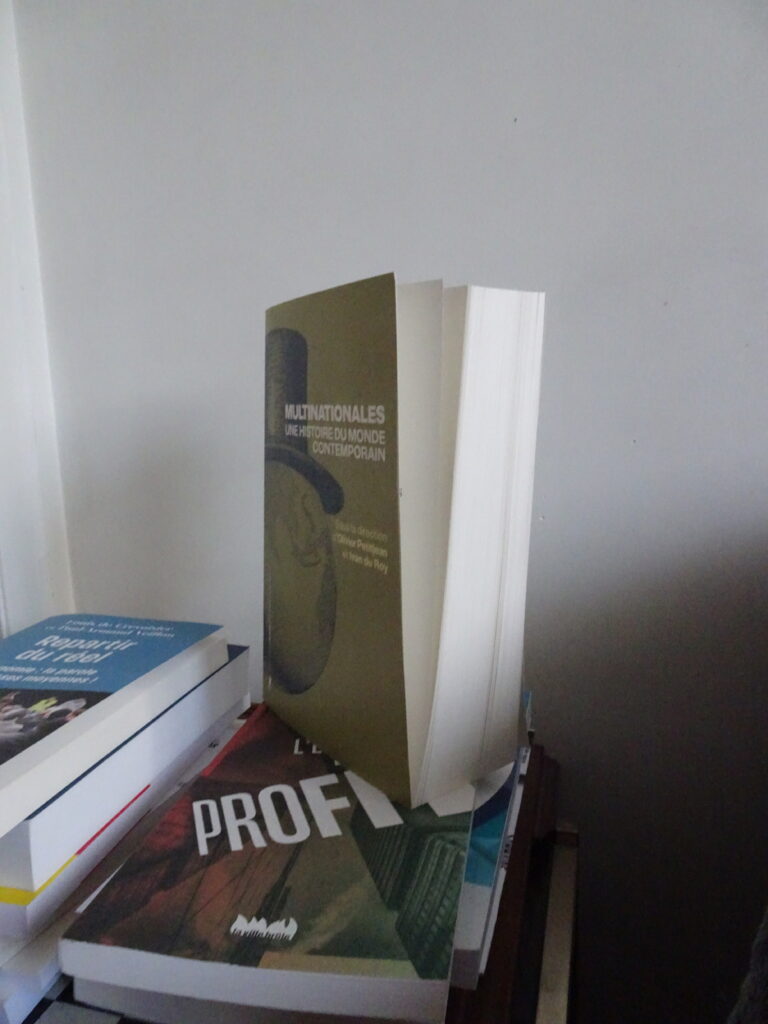The book is monumental in its subject – the history of multinational companies – but also in the number of its authors (56) and its volume (857 pages). It appears at a turning point in the history of multinationals, as their expansion is threatened by the increase in customs duties, the multiplication of environmental standards, and the strengthening of competition rules. Their wealth, power, and practices feed the imaginations – and sometimes the fantasies – of people in both the West and the Global South. They are sometimes accused of being at the origin of certain crises or abuses from which industrialized states and developing countries suffer.
The book is in the form of short documented stories and journalistic articles presented in chronological order, from 1857 (the creation of the Singer group) to 2025 (agribusiness and the mining industry in Brazil). The authors’ ambition is to “reintroduce the vicissitudes of multinationals into the great world history”. They want to reveal the real roles played by the key players in economic and social life for nearly two centuries. They deny having written another “black book” on the actions of certain companies, although some articles recall their post-colonialist, monopolistic, commercial, financial, and fiscal deviations… In fact, most of the stories highlight the known – and sometimes unknown – technical, economic, and/or social advances that have been generated by certain major multinational projects.
Through the diversity of approaches and styles adopted by the authors, the book shows that the questions raised by the practices of multinationals do not only cover academic issues or political debates, but that they challenge all citizens through the media and social networks. Throughout the chapters, the reader of the book perceives the scale, dynamics and complexity of the systems of multinationalization of industry, finance and trade, which involve both private and public actors, producers and consumers, holders of power or counter-power. The reader then better understands why some multinationals try to “green” and “socialize” their images, because they know, “that like civilizations, they can be deadly.”
The authors are university lecturers and researchers, lawyers, journalists, and association leaders.
Note by J-J. Pluchart


